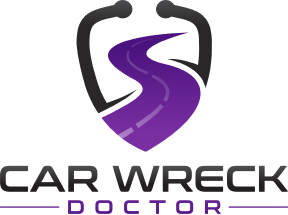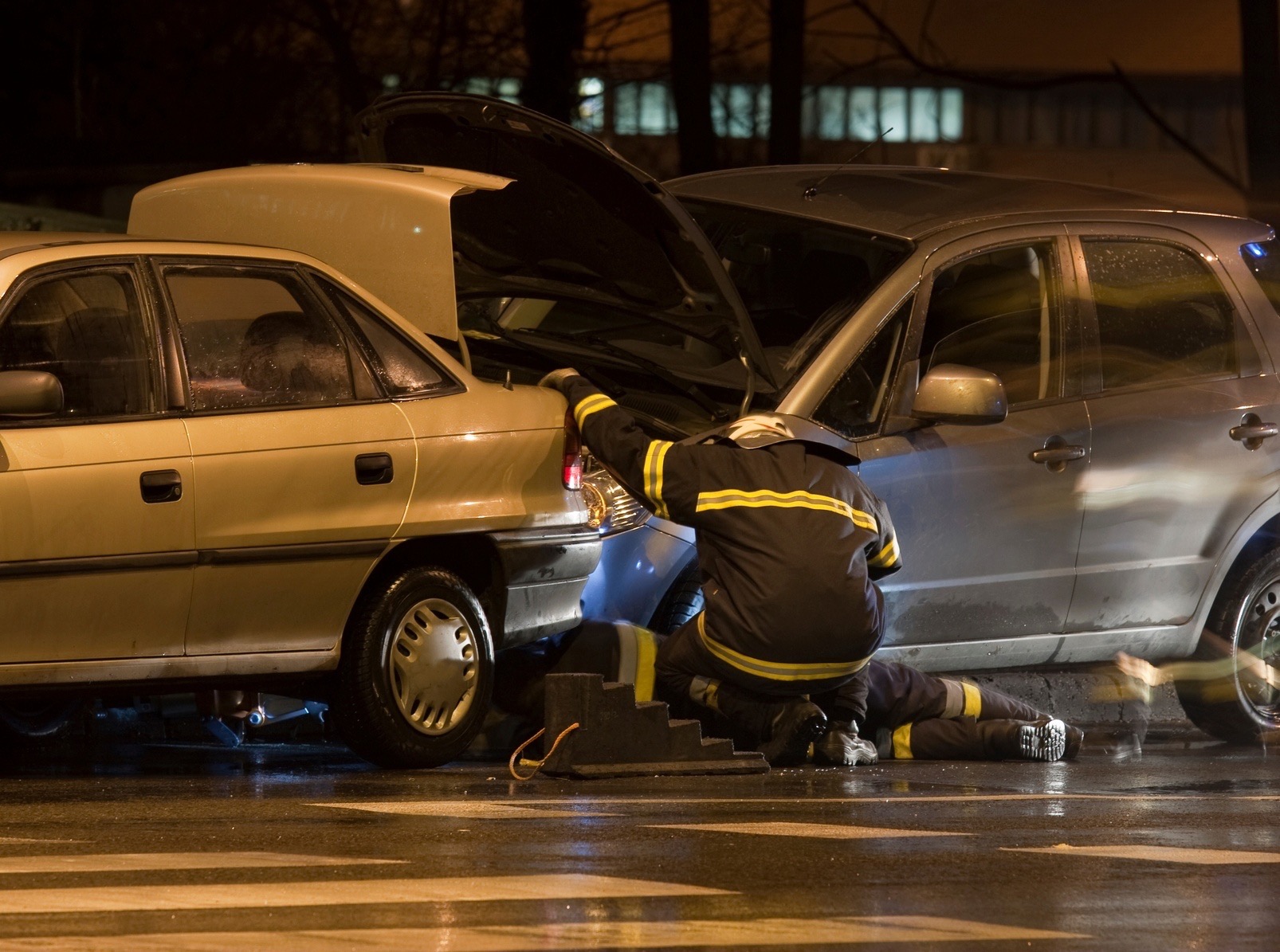One of the most common types of car accidents is a rear-end accident.
These occur when the rear driver runs into the rear bumper of the car in front of them.
A rear-end car accident typically occurs at stoplights, stop signs, and intersections.
Some of the common reasons for these types of collisions can be reckless driving, distracted driving, and even road conditions, which makes it difficult to see what's in front of you.
Even a low-speed rear-end collision can cause injuries because of the forces involved in the accident.
Car accident injuries sustained in a motor vehicle accident can range from minor soreness, traumatic brain injuries, and even death.
The article below will talk about the most common rear-end collision injuries people suffer in rear-end accidents.
Table Of Contents
- Whiplash and Neck Injuries
- Back Injuries
- Wrist and Arm Injuries
- Concussions and Head Injuries
- Broken Bones and Fractured Ribs
- Diagnosis and Medical Treatment For a Rear-End Collision Injury
- Visit Car Wreck Doctor
Whiplash and Neck Injuries
A whiplash injury is a neck, shoulder, and upper back injury caused by the head and neck being snapped forward by a sudden movement in violent motion.
This type of injury is a common rear-end crash injury that can result in long-lasting symptoms of spinal damage.
Even a minor accident or fender bender can cause this neck injury.
The impact of a rear-end collision can cause the soft tissues in your back to stretch beyond their normal range of motion.
This stretching can cause neck strain or tear soft tissues like your muscles and ligaments, causing chronic pain and stiff neck.
Whiplash injuries can cause severe back pain and severe neck pain that lingers for days, weeks, or longer if not treated.
Nerve damage can radiate through your body to your arms and legs or create numbness, weakness, or tingling.
You should never ignore these symptoms after a soft tissue injury because it's your body's way of saying something is very wrong.
Other common symptoms of whiplash include headaches, dizziness, stiffness, muscle spasms, and shoulder pain.
For more information about whiplash and chiropractic care, read our blog post "How Do Chiropractors Treat Whiplash."

Back Injuries
The impact of a rear-end collision can also put enormous stress on your back and spine.
The force of the collision can fracture vertebrae, compress intervertebral discs, injure a spinal disc, and strain your back muscles.
Broken bones or ruptured or herniated discs can cause severe back pain.
They will also pressure your spinal cord, leading to pain, weakness, numbness, or even paralysis.
Wrist and Arm Injuries
When the impact of a rear-end collision occurs, the driver probably has their hands on their steering wheel.
If they see that they are about to be rear-ended, they will likely brace for impact by gripping the steering wheel even tighter.
Even the most minor rear-end collision can cause back and spinal injuries.
Bracing is most people's initial reaction, but it can cause severe injuries to one's hands, wrists, and arms.
The most common wrist and arm injuries sustained in a rear-end wreck are a broken or sprained wrist or a dislocated shoulder.
Concussions and Head Injuries
Concussions and head injuries are very common injuries resulting from rear-end collisions.
You could slam your head against a headrest or a window.
Or you could be hit by something in your car that the collision has turned into a projectile.
These forces could cause a concussion or a traumatic brain injury from the slamming of your brain against your skull.
More common symptoms of these injuries include blurred vision, loss of consciousness, and fatigue to name a few.
The rapid movement and force applied to the brain cause chemical changes that damage brain cells.
At one point, some thought concussions to be minor injuries. However, this is not the case. Their side effects can be severe if not treated properly.

Broken Bones and Fractured Ribs
Another common injury in a rear-end collision is a broken bone or fractured rib.
An airbag can deploy in your auto accident, punching you in the chest and potentially causing broken bones in the ribcage.
Seat belts can also cause these types of injuries.
Loose objects in your car can also collide with your body. Your limbs may also slam against your vehicle.
More often than not, you will know if you have a broken leg, but it's not always apparent if a bone is fractured, especially after a traumatic accident.
If you have a non-obvious broken bone, you may experience a deep, intense ache or sharp pain.
Other symptoms may include bruising, stiffness, swelling, weakness, or dizziness.
Internal bleeding and organ damage from these catastrophic injuries can alter your internal organs for a period of time.
You will often have trouble using the affected body part or notice the bone seems bent at an odd angle.
Diagnosis and Medical Treatment For a Rear-End Collision Injury
Everyone should seek medical attention after a rear-end crash.
You may not notice an injury right away because symptoms can manifest long after the accident.
But, you should still seek medical care as soon as you can.
For example, if you have a brain or spinal cord injury, you might not feel the full extent of your injury for weeks or months.
An immediate diagnosis of your injuries will help you receive the treatment you need.
Accident doctors use various tools to diagnose an injury you may have suffered in a rear-end wreck.
X-rays can identify fractured vertebrae and broken bones.
A CT scan can help identify injuries to spinal discs and the brain.
You can treat muscle strains like whiplash with anti-inflammatory medication in the short term and physical therapy to help the body heal itself.
Visit Car Wreck Doctor
Many people's first instinct is to visit a general practitioner if injured in a car accident.
However, many doctors prescribe pain killers with adverse side effects that only mask your symptoms.
Fortunately, chiropractic care treats and heals ailments without the use of drugs.
Car Wreck Doctor has a mission to connect accident victims with a professional Medical Doctor or Chiropractor to help them recover from their accident.
They will also refer you to an experienced personal injury attorney to help you hold the at-fault driver and their insurance companies responsible for your injuries by fighting for the maximum compensation you deserve.
Our personal injury lawyer will also help you win your personal injury claim which will include medical expenses, emotional distress, and property damage.
Any financial losses you have experienced will be included in the personal injury lawsuit that we help you fight.
Car Wreck doctor will help you throughout the entire process with our free, no-obligation consultation, so all you have to do is focus on your treatment plan and injuries without worrying about the negligent driver.
Contact Car Wreck Doctor today so they can help you find professionals who can make you whole again after having suffered an injury from a motor vehicle accident.


